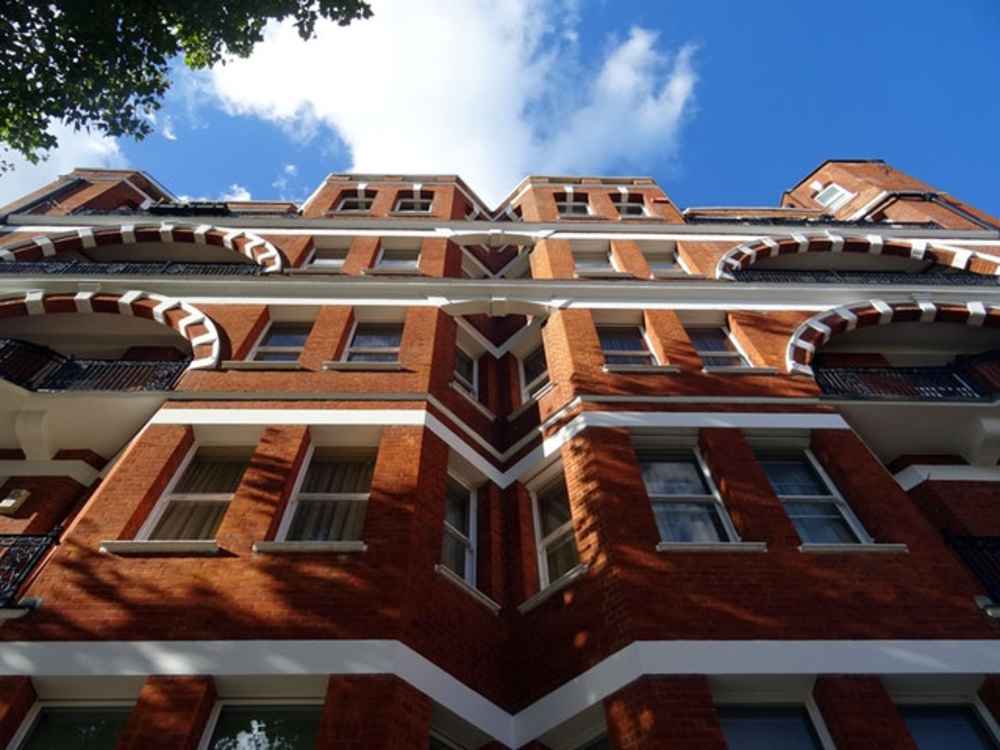When it comes to house flipping, it’s all about getting the most bang for your buck.
That’s why it pays to sweat the details. As tempting as it may be to just wing it, it’s much wiser to sit down and do the math. Figuring out reasonable rehab expenses and the property’s ARV (adjusted repair value), while also keeping in mind the financing and carrying costs, will save you money in the end. Trust us.
But what else can you do to stretch your investment dollar? You may be thinking that a multi-family project is the ticket. But is it actually a wiser investment than a single family property? It depends.
Here are a few things to keep in mind…
Multi-family properties can be pricey
Multi-family properties are generally more expensive to purchase and rehab than your typical single family property. That’s common sense, right? Multi-families are typically larger, with multiple units, and will require more financial resources to purchase and renovate. We should point out, however, that you should see some savings from economies of scale when it comes to building supplies and contractors. It pays to buy in bulk, after all.
ROI for multi-family properties can be high
But, on the flip side, the return on investment (ROI) for multi-families can be quite high given that your profit is a factor of the units sold or rented. And, if you’re going the rental route, your risk of return is somewhat mitigated by the fact that 100% occupancy isn’t required for you to turn a profit. A single vacancy among multiple units is manageable whereas, in a single family investment, a vacant unit means zero cash flow.
Less competition for multi-family properties
As a rule, single family dwellings are far more plentiful than multi-family ones. So that makes searching for and unearthing a single family property ripe for a fix and flip much easier than a multi-family. However, with so many single family units on the market, competition can be pretty stiff. There may be a long line of residential buyers queued up for that distressed single family you have your eye on. A queue is less likely for multi-families. Why? Well, given the upfront costs associated with purchasing a multi-family property and the additional building codes and regulations that apply, buyers are sometimes few and far-between, making a sweet deal possible.
Valuation depends on commercial versus residential distinction
Large multi-family units are very different from single-family units when it comes to valuation. While single family and small multi-family properties (2-4 units) are deemed residential and valued by reviewing prices for comparable homes nearby, large multi-family properties (5+ units) fall into the commercial category. The value of commercial property is determined by comparing the return on investment that an investor would receive if there was no loan involved. This is known as the ‘cap rate’. When it comes to actually financing your multi-family investment through a private lender like Navigator Private Capital however, the process is much the same as it is for a single family property. We should note here that we are often able to offer our multi-family borrowers a longer term solution with loan durations exceeding the typical 9 month term.
As you can see, there is quite a bit to consider when weighing the single family versus multi-family decision. But whichever you choose, Navigator Private Capital has your back. We offer fair and flexible terms and solid support from the time your project starts until the day it sells.
Reach out to us at 443.603.0193 or via email at:
Tim Boord: tim@gonavcap.com
Rick Rall: rick@gonavcap.com

